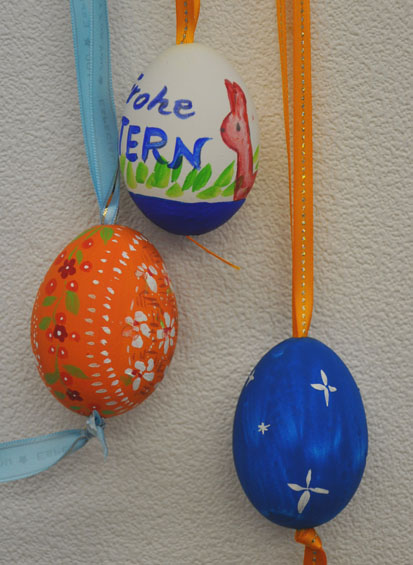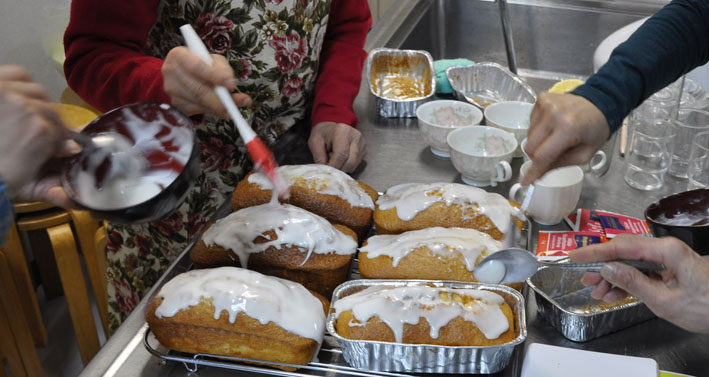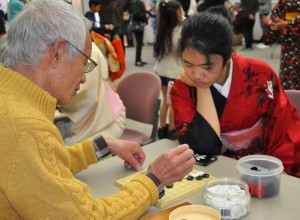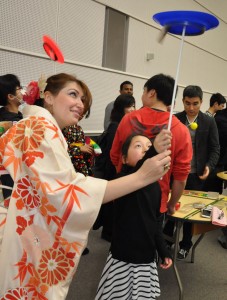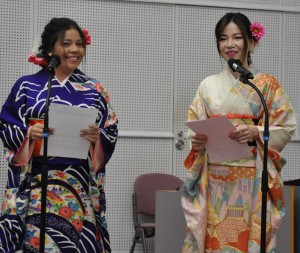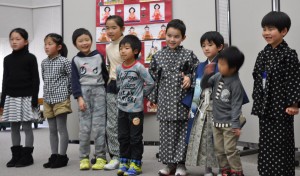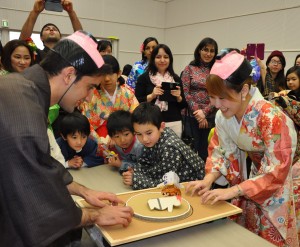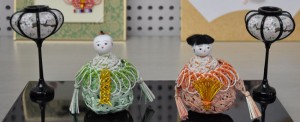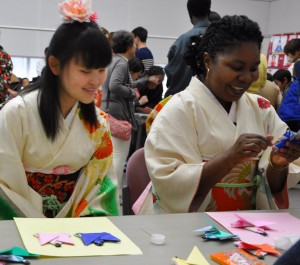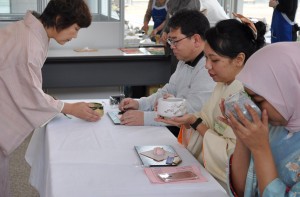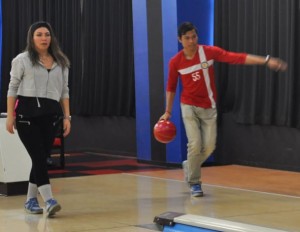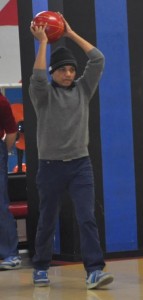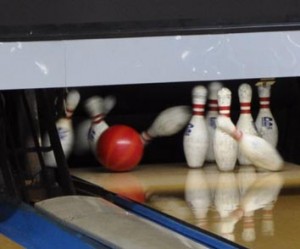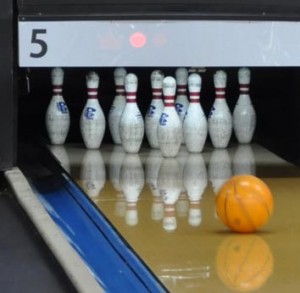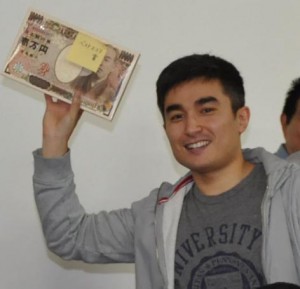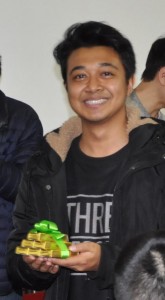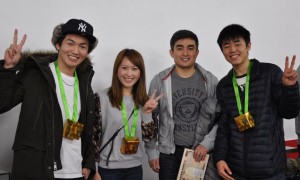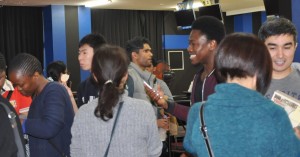On May 28 at Ebuno Izumi-no-mori Hall (Izumisano Municipal Cultural Hall), in the multi-space facility, one hundred participants gathered for event, “Inside MongoliaーA World from?a Different Dimension”.

Surenjav Batsuren plays a morin khuur that depicts?Suho’s White Horse.
An Invitation to the Mongolian Grasslands
This event began?with the sound of Batsuren’s morin khuur, a traditional Mongolian stringed instrument. Following this?Ms. Oyungerel recited Suho’s White Horse?and invited us to the?windy Mongolian grasslands. Then we listened to?Mongolian throat singing.?For those?that had heard throat singing for?the first time, it sounded like there was an instrument in Batsuren’s body.?I heard that he had to practice quite a lot.?As Batsuren mentioned, there are some similarities between Japan and Mongolia. Among today’s performances, the?traditional?Mongolian songs resembled Japanese folk songs. When?Itsuki ‘s?Lullaby?was performed with?the morin khuur it felt familiar to?my ears. Izumisano City and the Tov Province of?Mongolia have a joint friendship through the exchange of education, culture and sports. In addition, Mongolia is well known for the success of its sumo wrestlers, but today I wonder if everyone felt closer to Mongolia. (K)

Words from the Audience
- My soul was shaken by the sad sound of the morin khuur.
- The reading of?Suho’s White Horse and?the tune of the?morin khuur, ?when the horse ran away, made an impression on me.
- During the throat singing portion my 7 year old grandson looked around for the source of the mysterious sound.
- I was pleased?to hear the story of how he went to Mongolia to pick up the white horse head morin khuur -an instrument made for this day.








